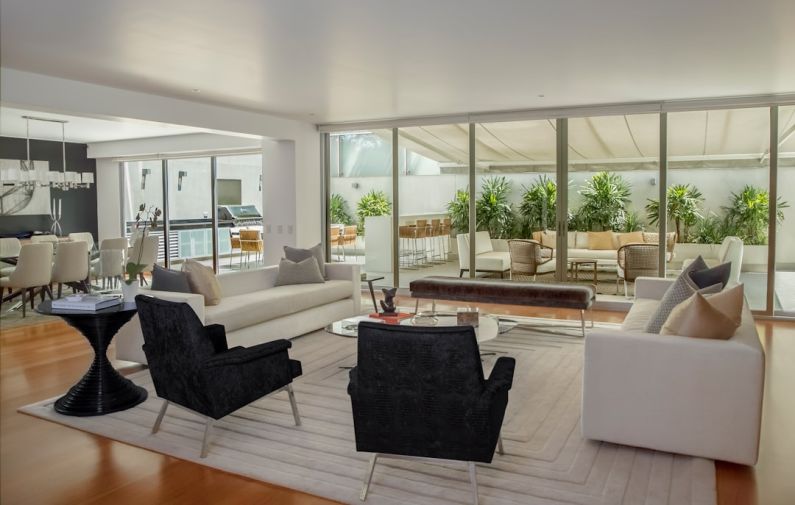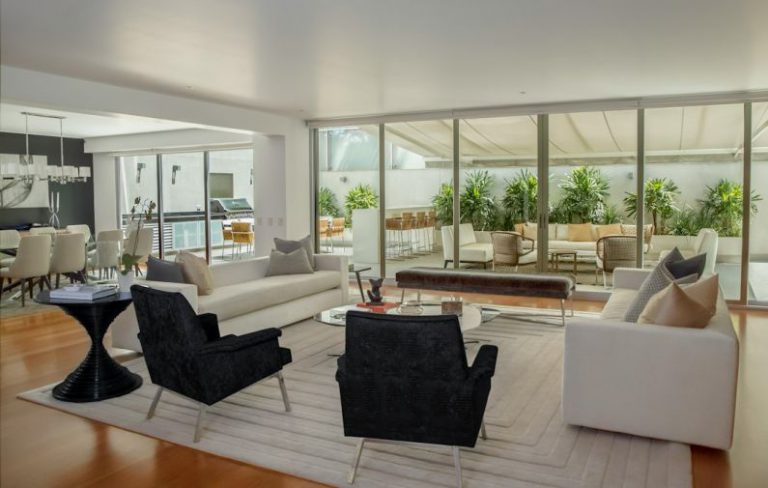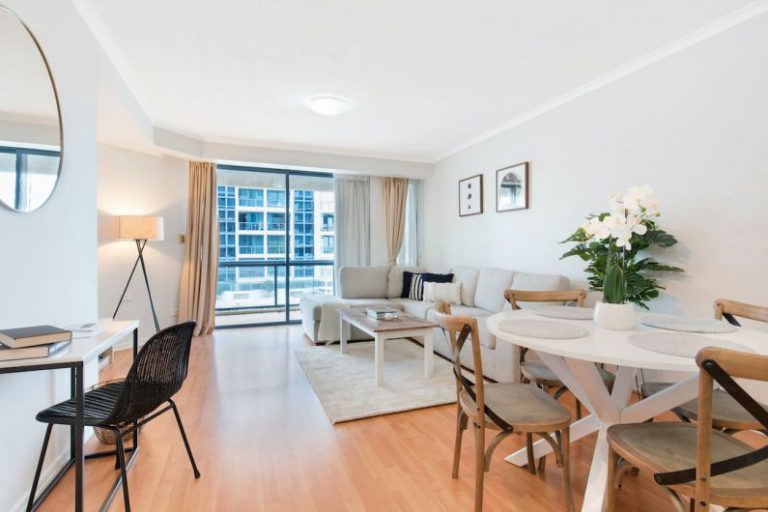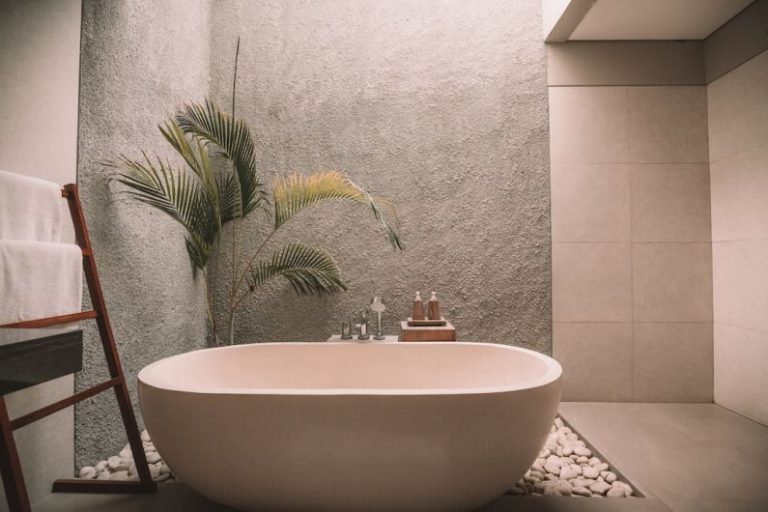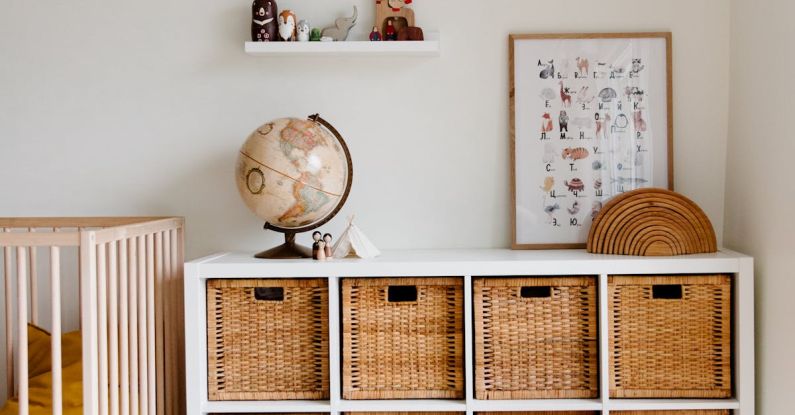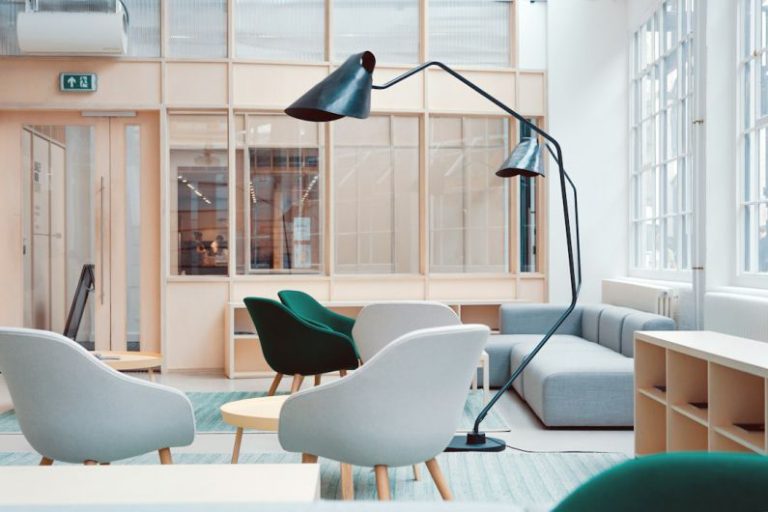How to Choose the Right Texture for Your Interior?
When it comes to designing your interior space, texture plays a crucial role in creating the right ambiance. The texture of a surface can evoke various emotions and set the tone for a room. Whether you’re going for a cozy and inviting atmosphere or a sleek and modern look, choosing the right texture is essential. In this article, we will explore the key factors to consider when selecting textures for your interior.
Consider the Functionality
Before you start thinking about aesthetics, it’s important to consider the functionality of the space. Different textures serve different purposes, and you want to make sure that your choice aligns with your needs. For high-traffic areas like hallways or living rooms, opt for durable textures that can withstand wear and tear. On the other hand, if you’re designing a bedroom or a reading nook, you might want to choose softer and more comforting textures.
Create Contrast
Texture can be used to create contrast in a room, adding visual interest and depth. If you have smooth and sleek surfaces like glass or metal, consider incorporating rough or textured elements to balance the space. For example, pairing a smooth leather sofa with a chunky knit throw can create an appealing contrast that adds character to the room. Be mindful of the overall balance and make sure that the contrasting textures complement each other.
Consider the Lighting
Lighting can greatly influence the perception of texture in a space. Natural light tends to enhance textures and bring out their details, while artificial lighting can create a different effect. When choosing textures, consider how they will interact with the lighting in your space. For example, if you have a room with limited natural light, you may want to avoid textures that absorb light and make the space feel darker. Instead, opt for lighter textures that reflect light and make the room feel brighter and more spacious.
Think About the Mood
Every texture has its own unique feel and can evoke different moods. For example, a velvet texture can create a sense of luxury and elegance, while a rough brick texture can add a rustic and cozy vibe. Think about the mood you want to create in your interior and choose textures that align with that vision. If you’re going for a calming and serene atmosphere, consider incorporating softer textures like silk or linen. If you want to create a bold and energetic space, opt for textures with strong patterns or vibrant colors.
Consider the Overall Style
Lastly, consider the overall style of your interior when choosing textures. Different textures can help enhance the aesthetic and tie the room together. For example, if you have a minimalistic and contemporary style, you might want to choose smooth and sleek textures like glass or polished wood. On the other hand, if your interior is more eclectic and bohemian, consider incorporating a mix of textures like woven fabrics, rattan, and distressed wood.
Finding the right texture for your interior can make a significant difference in the overall look and feel of your space. By considering the functionality, creating contrast, thinking about lighting, considering the mood, and aligning with the overall style, you can make an informed decision that will enhance your interior design. Remember, textures are not just about aesthetics; they also play a role in the functionality and ambiance of a room. So take your time, experiment, and have fun exploring different textures to create a space that truly reflects your style and personality.
